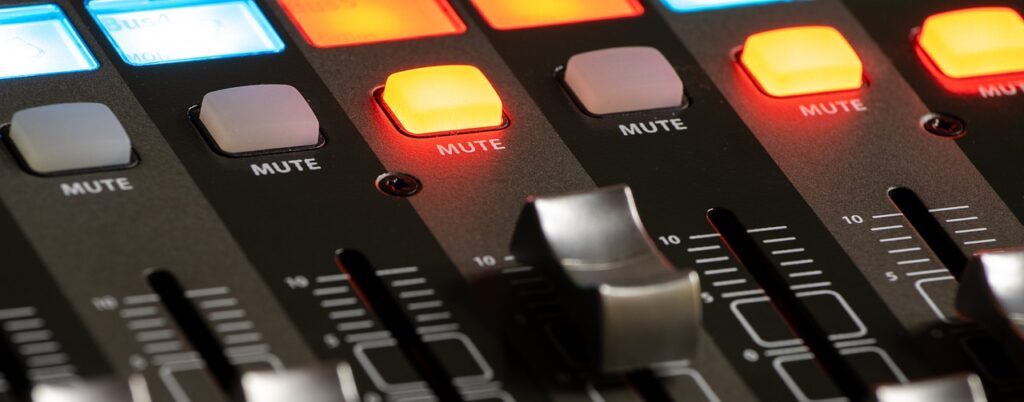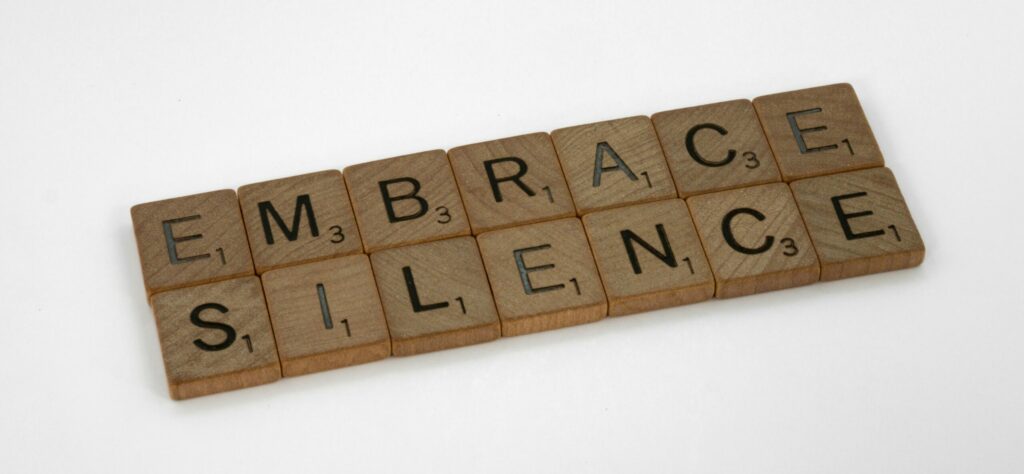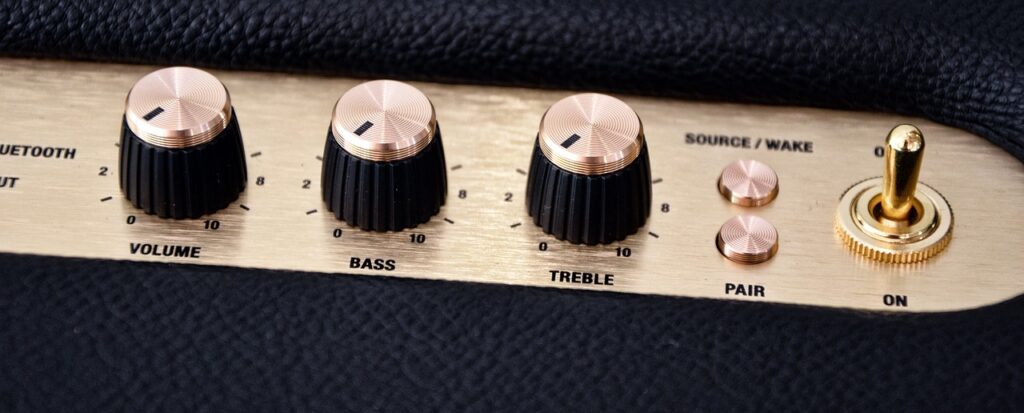Silence in audio mixing is not merely the absence of sound; it is a powerful tool that can shape the emotional landscape of a piece of music. Throughout history, silence has played a pivotal role in music composition and performance, often serving as a counterpoint to sound that enhances the overall auditory experience. Theoretical perspectives on silence reveal its multifaceted nature, where it can be both a void and a presence. Musicians and sound engineers have long recognized that silence can create tension, anticipation, and resolution within a track. By understanding the theoretical underpinnings of silence, audio professionals can harness its potential to create more compelling and engaging mixes.
The Role of Silence in Music
Silence gives space for reflection and contrast, allowing listeners to process what they have heard and prepares them for what is to come. The strategic use of silence can emphasize certain musical phrases, making them stand out more vividly. By contrasting silent moments with bursts of sound, musicians can create dynamic shifts that captivate the audience’s attention. This interplay between sound and silence can evoke a wide range of emotions, making it an essential component of musical expression.

Historical Perspectives on Silence
The history of music is replete with instances where silence has been integral to a composition’s impact. One notable example is John Cage’s “4’33”,” a piece that challenges traditional notions of music by consisting entirely of silence, compelling listeners to focus on ambient sounds. Similarly, composers like Igor Stravinsky have used silence to create tension and build anticipation within their works. These historical perspectives highlight that silence is not merely an absence but a deliberate choice that can significantly influence a piece’s narrative and emotional depth.
Techniques for Incorporating Silence
Incorporating silence into audio mixing requires a thoughtful approach. Audio engineers can employ various techniques to create pauses, contrasts, and transitions that enhance the clarity of the music. One effective method is to strategically place silent moments at key points in a track, allowing for emotional peaks to resonate more profoundly. Additionally, layering sounds with varying degrees of silence can create a rich auditory landscape. The use of silence can also facilitate smoother transitions between sections, making shifts in tempo or mood feel more natural.
Strategic Pauses
Strategic pauses are a powerful technique in music that can heighten emotional impact. By intentionally placing a pause before a significant musical phrase, artists can build anticipation and engage listeners more deeply. This technique can be particularly effective in vocal performances, where a brief silence can underscore the emotional weight of the lyrics. Pauses can also serve as a moment of reflection, allowing the audience to absorb the preceding sounds before moving forward.
Creating Contrast with Silence
Creating contrast with silence involves juxtaposing silent moments against rich musical phrases. This technique can be used to emphasize dynamics within a track, drawing attention to changes in intensity or emotion. For instance, a sudden silence followed by a loud crescendo can create a dramatic effect that captivates listeners. By manipulating the relationship between sound and silence, musicians can craft a more engaging listening experience that resonates on multiple levels.
Using Silence in Transitions
Incorporating silence during transitions between sections of a track can enhance the dramatic effect of a musical shift. By allowing a brief moment of silence before a new section begins, the listener is given time to adjust and prepare for the upcoming change. This technique can be particularly useful in genres that rely on dramatic contrasts, such as classical or cinematic music. Employing silence in transitions not only adds to the overall structure of the piece but also enriches the emotional journey of the listener.
The Psychology of Silence
The psychological aspects of silence in music are profound, influencing how audiences perceive and respond to silent moments. Silence can evoke feelings of tension, calmness, or nostalgia, depending on its placement and context within a piece. Understanding these psychological responses allows musicians and audio engineers to craft soundscapes that resonate with listeners on a deeper emotional level. The use of silence can manipulate mood, creating an immersive experience that captivates and engages the audience.

Listener Perception of Silence
Listeners often perceive silence as a powerful cue that can alter their emotional experience. The way silence is integrated into music can influence how an audience interprets a song’s message or feeling. For example, a moment of silence may create a sense of loss or longing, while a more upbeat piece might use silence to build excitement. By studying listener perception, musicians can better understand how to use silence effectively to enhance the overall impact of their work.
Silence and Mood Enhancement
Silence can be a potent tool for mood enhancement in music. By strategically incorporating silent moments, musicians can influence the emotional trajectory of a piece. For example, a quiet interlude can provide a moment of introspection, while a sudden silence can heighten the tension before a climactic moment. This manipulation of mood through silence allows artists to create a more nuanced emotional landscape, inviting listeners to engage with the music on a personal level.
Practical Tips for Mixing with Silence
When it comes to mixing with silence, audio engineers and producers can benefit from a range of practical tips. Understanding how to utilize silence effectively can elevate a mix, making it more engaging and dynamic. Technical advice on incorporating silence includes using automation to create fades or cuts, ensuring that silent moments feel intentional rather than accidental. By avoiding common mistakes, engineers can maximize the potential of silence as a creative tool in their mixing process.
DAW Techniques
Digital Audio Workstations (DAWs) offer a variety of techniques for incorporating silence into music productions. Engineers can use automation to create precise fades, allowing for smooth transitions between sound and silence. Additionally, DAWs provide tools for editing audio clips, making it easy to insert pauses or gaps at strategic points. Utilizing these techniques effectively can enhance the overall clarity and impact of a mix, ensuring that silence is used to its full potential.
Common Mistakes to Avoid
When using silence in mixing, there are several common pitfalls that audio engineers should be aware of. One frequent mistake is failing to consider the context of silence, which can lead to awkward transitions or an unintentional loss of momentum. Additionally, overusing silence can diminish its impact, making it feel less special. By being mindful of these potential missteps, engineers can ensure that silence remains a powerful and effective element in their mixing process.

Final Conclusion
In conclusion, the creative use of silence in audio mixing is an essential aspect of music production. By understanding the theoretical, psychological, and practical dimensions of silence, musicians and audio engineers can craft more engaging and impactful mixes. Silence serves as a powerful tool for enhancing emotional depth, creating contrast, and facilitating smoother transitions. As artists continue to explore the potential of silence, its significance as a creative element in music will undoubtedly continue to evolve, enriching the listening experience for audiences worldwide.
À propos de l'auteur

Dídac
PDG et fondateur de MasteringBOXDídac est un ingénieur audio professionnel, un producteur de musique et un ingénieur logiciel. Il est le fondateur de MasteringBOX et l'auteur de nombreux articles sur le blog.
Laisse un commentaire
Connecte-toi pour commenter.


